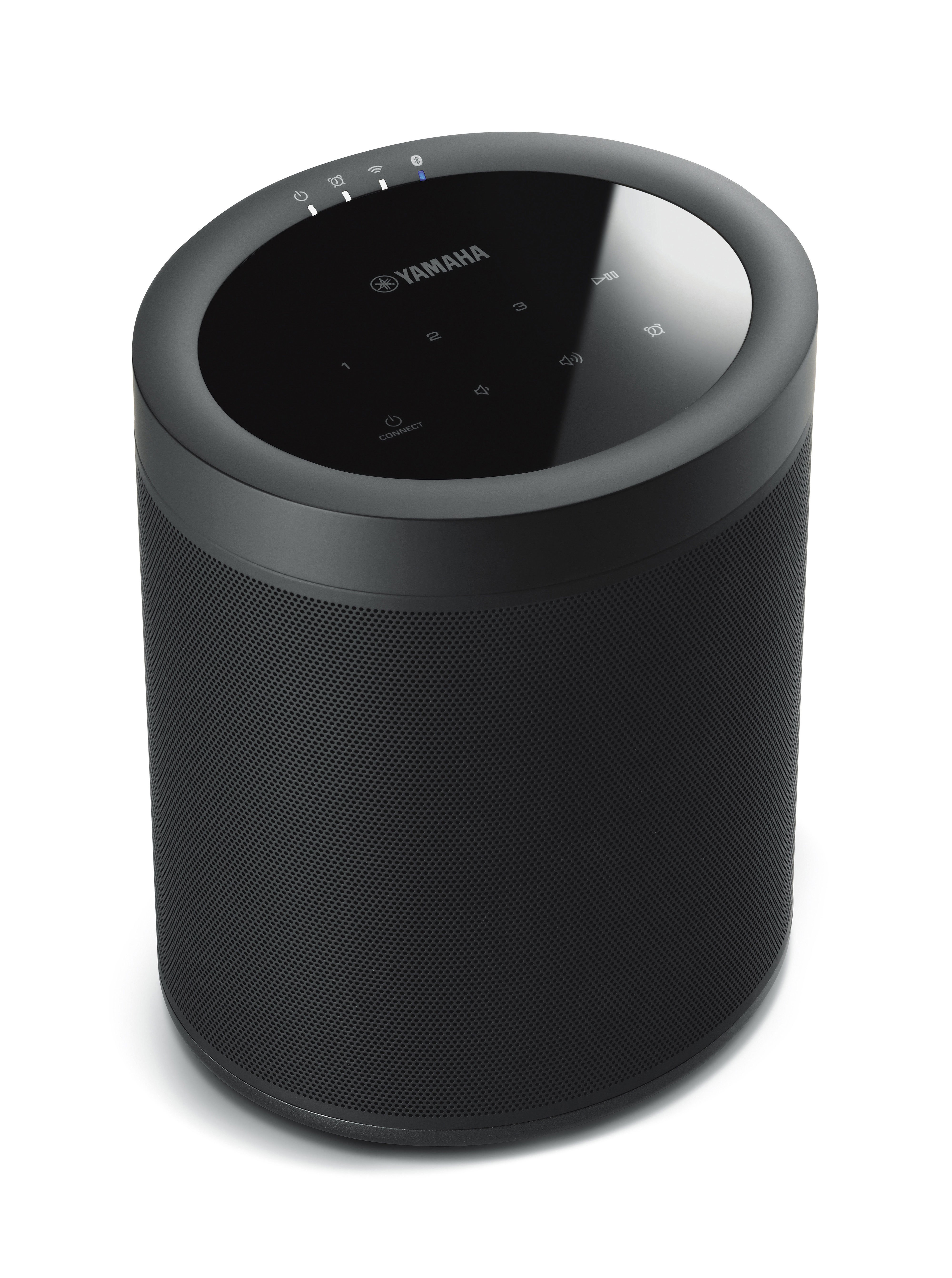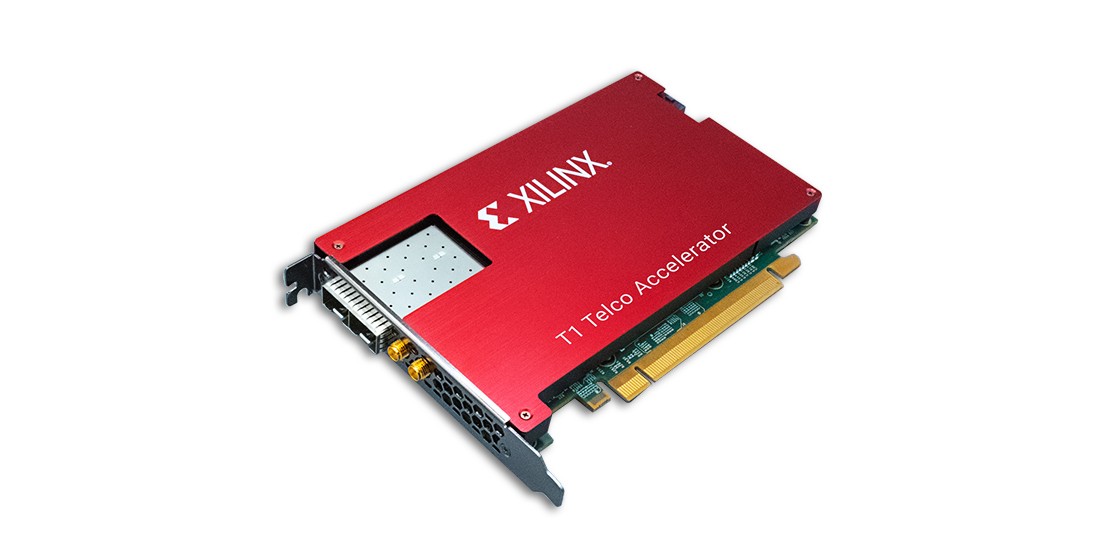Research has revealed that improving customer experience in telecom is more crucial now than ever before. In this article, we’ll discuss why offering a strong, positive CX is so important for telecommunications companies. We will then explore five different strategies that have each been used successfully by industry leaders to improve their customer service experience.
- Drivers Telekom Network & Wireless Cards Customer Service
- Drivers Telekom Network & Wireless Cards Compatible
- Usb Wireless Network Card
- Wireless Network Card For Pc
Improving Customer Experience Boosts KPIs in Telecom
146 Pages Report Telecom managed services market categorizes the global market by service type as managed data center, managed network, managed data and information, managed mobility, managed communication, and managed security, by organization size, and by region. Telecommunications Industry – Business Drivers. To provide solutions to clients in the Telecom industry, it is critical to have a comprehensive understanding of their business, their objectives, and their challenges – those business challenges unique to their organization as well as those triggered by the industry and marketplace. Find Southern Telecom Inc. Software downloads at CNET Download.com, the most comprehensive source for safe, trusted, and spyware-free downloads on the Web.

In the highly competitive telecom industry, customer service and customer experience are critical factors in building and maintaining a competitive advantage. Forrester takes this concept one step further by demonstrating that after the auto industry and upscale hotels, telecom has the third highest potential for increasing revenue by improving CX. And by how much? According to its CX Index scoring system, telcos that increase CX scores by one point will generate an additional $3.39 in per-customer incremental revenue.
The Harvard Business Review further quantifies this point, reporting that customers with the most satisfying experiences spend an average of 140% more than those whose experiences fell short.
Analyzing the Telecom Customer Experience Journey
To get started on the road to improving customer experience in telecom, take stock of your customers’ pain points, and determine the business impact of reducing that pain. Will it increase overall customer satisfaction? Boost revenues? Drive long-term loyalty? Reduce cost to serve?
Oftentimes, the best business cases are those that both increase customer satisfaction and cut costs by reducing contact center enquiries or technician dispatches. For example, McKinsey states that mobile customers who dispute their first bills are less likely to remain active one year later – a phenomenon that telcos should consider when planning their CX initiatives.
Successful CX initiatives in telecom
To highlight the importance and overall value of focusing efforts and investments in CX initiatives, we’ve compiled a short list of successful projects by top CSPs. While Comcast, BT, Verizon, Vodafone and T-Mobile are industry leaders, the principles underpinning each of these projects can be easily applied to any business to deliver a better customer experience.
Omnichannel customer service – Comcast

Drivers Telekom Network & Wireless Cards Customer Service
The omnichannel customer experience comprises multiple customer touchpoints across a range of channels. The goal is for these channels to seamlessly connect, allowing customers to move back and forth from one experience to another on any device and platform. These could include:
- – web
- – voice
- – chat
- – messaging
- – social media
- – video
This omnichannel CX is increasingly expected by today’s customers and Comcast has tapped into this trend with its approach. Customers can interact with the company via their preferred channels, and the data set and next best action will be consistent across all of those channels. If a customer needs to be transitioned from one customer service channel to another, the telecom company strives to make that transition as painless as possible, ensuring that the new interaction does not require the customer to start over.
Customer-centric culture – BT
A company-wide customer-centric culture essentially places the customer at the heart of the organization, ensuring a positive experience both pre-sale and post-sale. Customer-centricity has been proven to drive repeat business, increase customer loyalty and boost profits.
It therefore comes as no surprise that Econsultancy’s 2019 survey showed that enhancing CX was the second-most exciting enterprise opportunity, and the most exciting for companies with annual revenue under £150m.
BT has taken this opportunity seriously, instituting a company-wide customer-centric culture. The company invested in coaching frontline talent and built a volunteer program called ‘Tiger Teams’ where employees engage in projects focused on improving customer experience in telecom.
It has also implemented customer-focused programs where staff support subscribers throughout their order journey, reducing complexity and improving overall communication. BT’s consistent messaging has led to a 24-point NPS increase in just 12 months.
AI-based digital tools – Verizon
Artificial intelligence (AI) revolves around creating intelligent machines that work and react like humans. Cognitive computing enables businesses to offer far more efficient services to customers, improving CX by surpassing human capabilities.
Verizon, for example, offers a suite of enterprise solutions called Digital CX, which blend human and artificial intelligence to enhance customer experience. Customers – via social media, chat, email, text, or over the phone – receive personalized experiences based on their previous interactions.
Agents can seamlessly access customer data across platforms, with the system collecting insights, learning from them, and improving its performance over time.
Visual engagement – Vodafone
Visual engagement means the use of a visual communication channel – live video, recorded video, photo stream or photo chat messaging – by a customer service organization in order to facilitate issue resolution.
Customers love visual channels when it comes to customer assistance, with 70% of YouTube viewers watching videos for “help with a problem.”
Drivers Telekom Network & Wireless Cards Compatible
Vodafone sought to utilize the power of video to alleviate the burden on its contact centers, which were fielding a staggering 5.2 million technical assistance calls per year. It rolled out remote customer assistance technology, powered by AI and AR, that allows agents to see exactly what the customer sees.
With the ability to visualize the customer’s environment either offline or in real time, Vodafone agents can point, annotate and visually guide the customer, resulting in a faster and more effective call resolution and a more satisfying customer experience.

Many of the issues that previously required a technician dispatch can now be performed by agents, acting as virtual technicians – effectively lowering the company’s dispatch rate by 26%.
Usb Wireless Network Card
The Human Touch – T-Mobile
Interestingly, some companies are bucking the digital trend. Research has shown that despite companies spending millions on the technology, 60% of callers bypass IVR altogether. Meanwhile 83% would avoid a company after a poor experience with an interactive voice response.
T-Mobile has largely done away with IVR and other automated customer service technologies in favor of a new human-touch approach to customer service. A Team of Experts, a small, local group of customer service agents, provides individualized support.
Customers in different regions of the US have their own dedicated teams of customer care representatives who offer quick, efficient assistance on a wide range of topics, from the most basic to the highly complex. Team members are all up to date on customer issues, seamlessly picking up the conversation if a follow-up call is required. Do customers still appreciate the human touch in an increasingly digital world? Well, T-Mobile was awarded J.D. Power’sHighest in Customer Service among Full-Service Wireless Providers twice in a row.

Which CX strategy is best for Telcos?
Improving CX should be high on the strategic agenda of every forward-thinking telecom company. Taking steps to improve customer experience is proven to deliver results. Whether employing omnichannel support, implementing a customer-centric culture, deploying AI-based digital tools, investing in visual engagement or going back to basics with the human touch, any strategy your organization chooses to implement should have one goal in mind: to improve your relationship with your most important assets – your customers.
Subscribe to Our Content Updates
Wireless Network Card For Pc

RELATED ARTICLES




